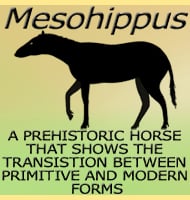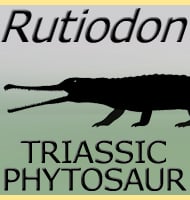Muyelensaurus
In Depth Named after the Mapuche word for the Colorado River (Muyelen) Muyelensaurus was a genus of titanosaur that lived in Argentina during the Coniacian of the Cretaceous. Muyelensaurus is notable by being a particularly gracile genus of titanosaur. Further Reading A new titanosaur sauropod from the Late Cretaceous of Neuqu�n, Patagonia, Argentina. - Arquivos … Read more

